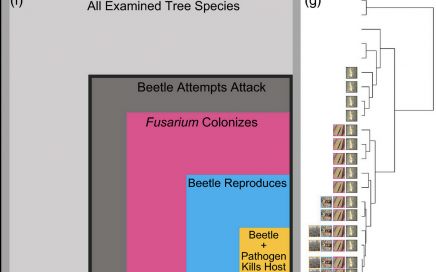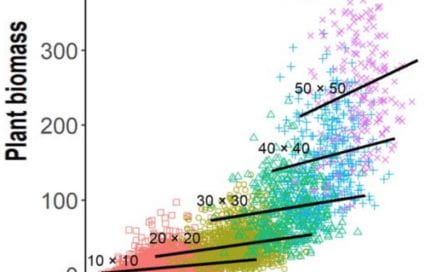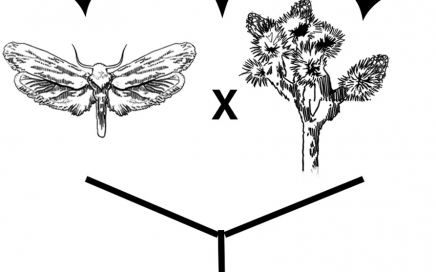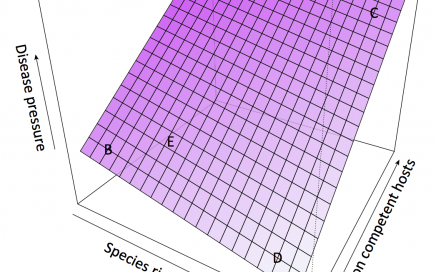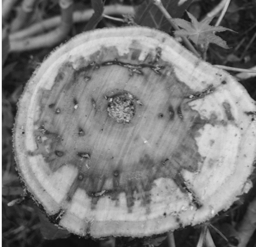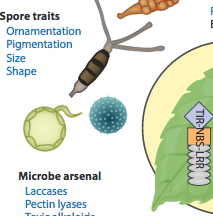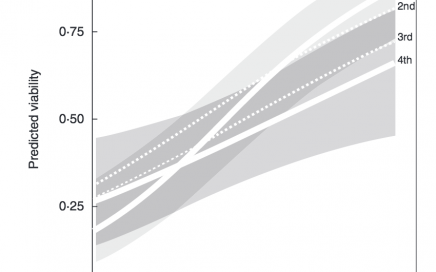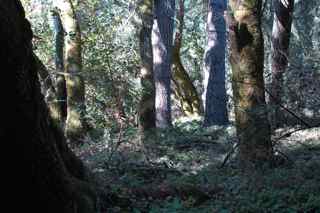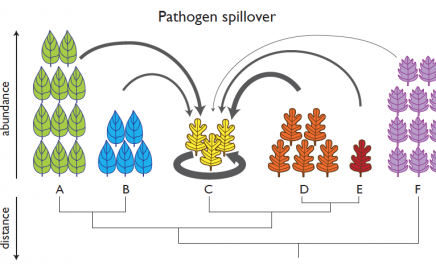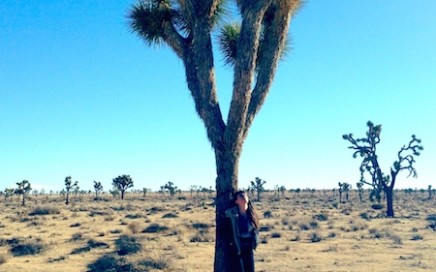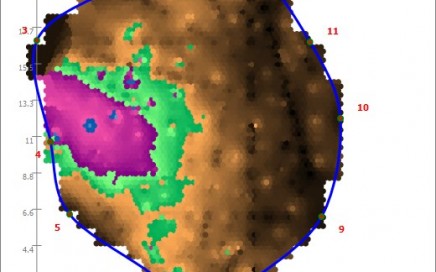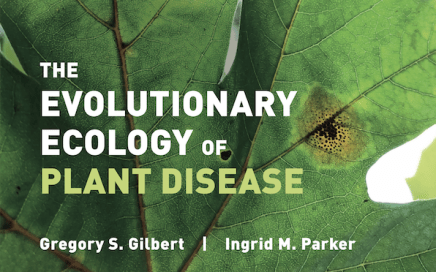
The Evolutionary Ecology of Plant Disease
We are excited to announce the publication of our new book, The Evolutionary Ecology of Plant Disease, by Gregory S. Gilbert and Ingrid M. Parker. Published by Oxford University Press. ISBN 9780198797883 OUP Amazon Google Books eBooks.com Google Play Understanding the symbiosis between plants and pathogenic microbes is at the core of effective… Continue Reading The Evolutionary Ecology of Plant Disease
